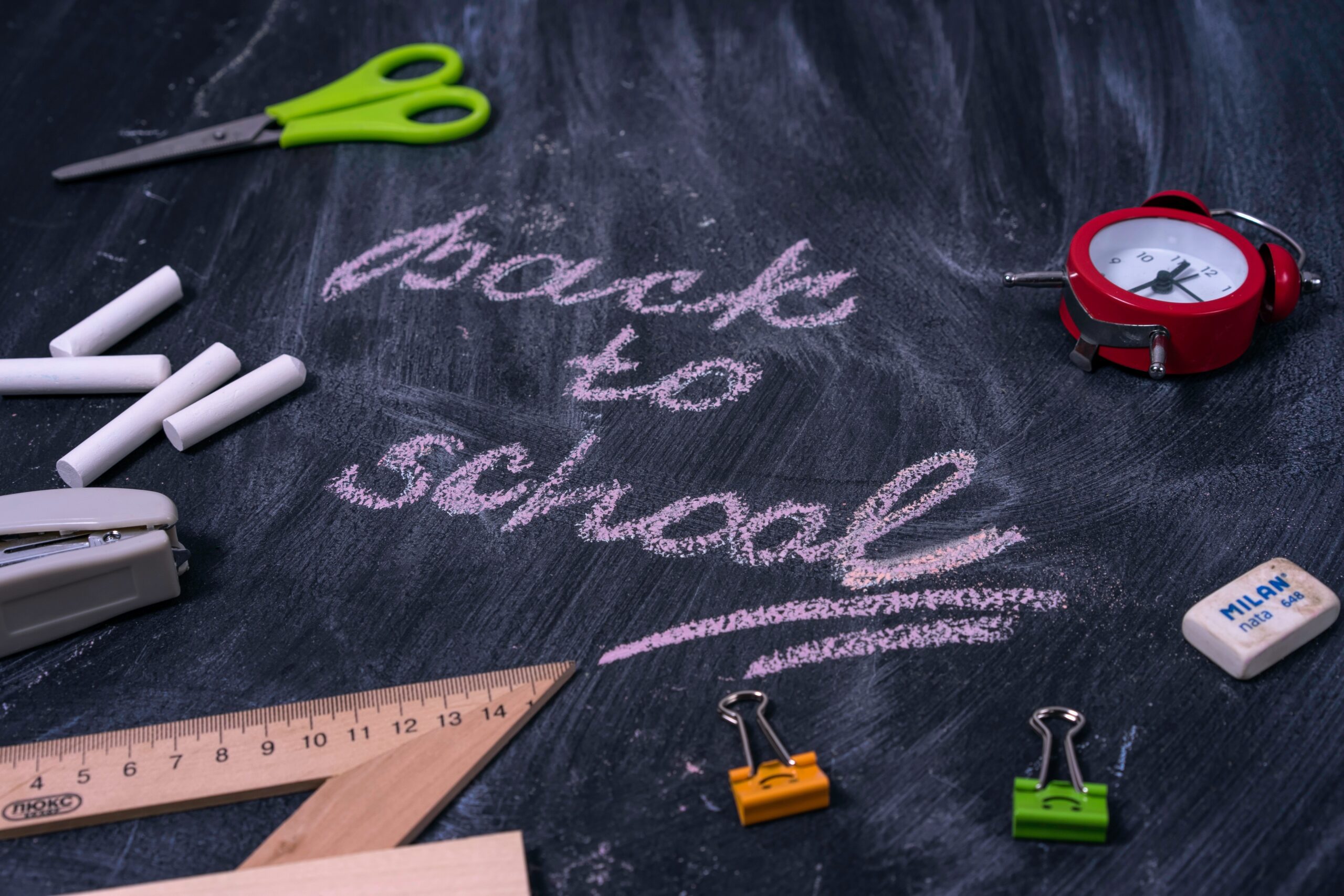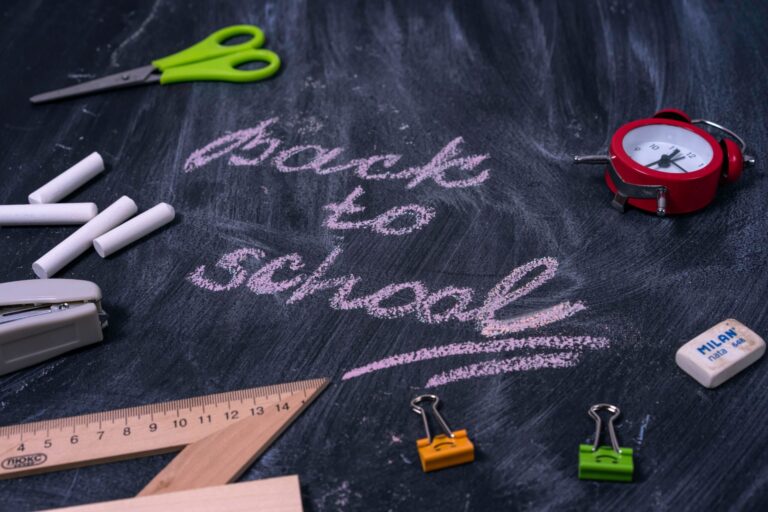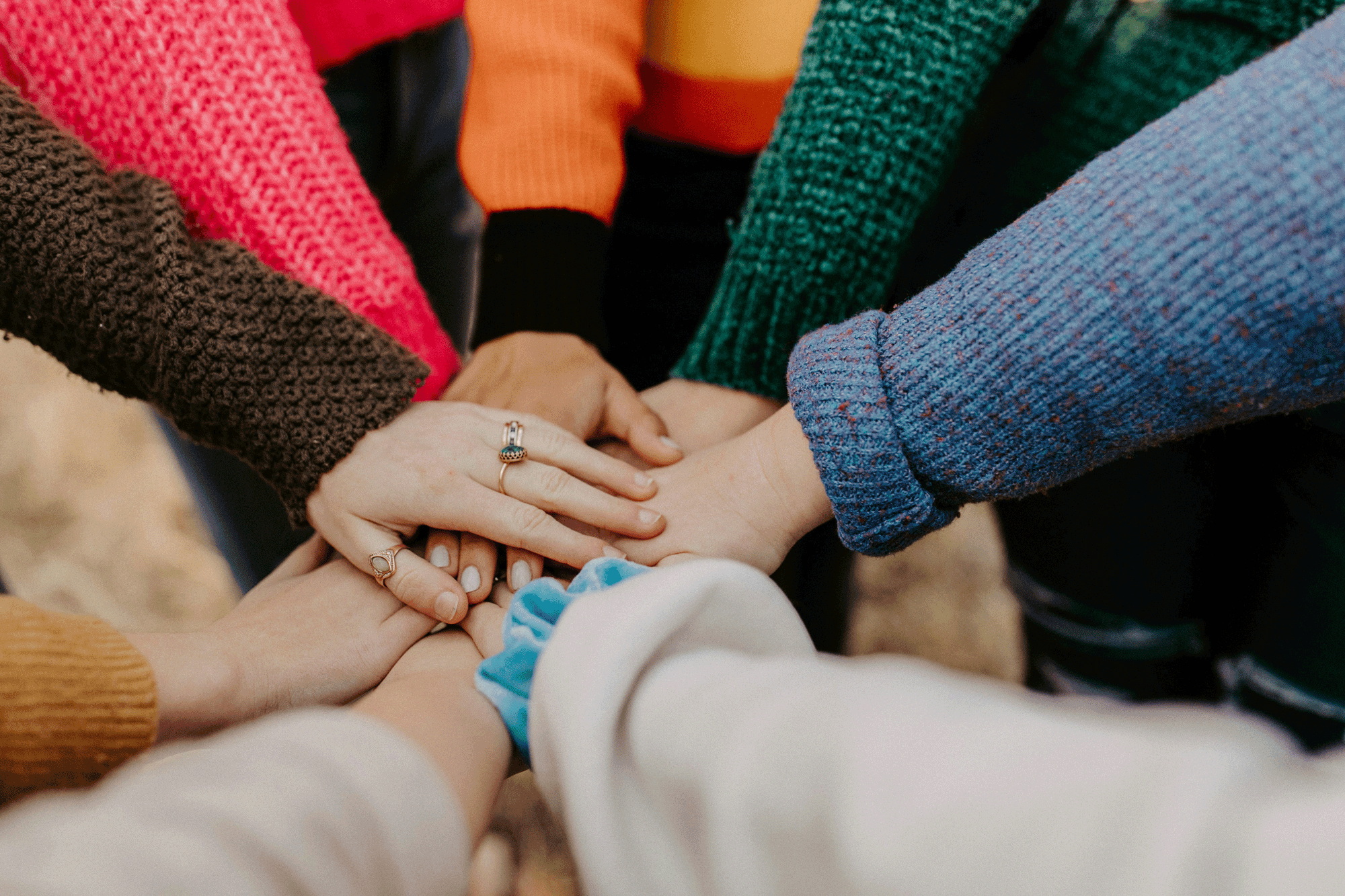The first day of school is right around the corner, so we’ve put together our top 6 sustainability tips for staying more green as you prepare for that big day!
- The 5 Green Tips: Refuse, Reduce, Reuse, Repurpose, and Recycle.It’s not always easy to remember to be more sustainable, but keeping these top 5 green tips in mind helps make more sustainable decisions each day.Refusing items is the first waste-reduction strategy. This ultimately Reduces consumption, saves money, and eliminates waste from landfills. Cleaning and Reusing items is an excellent choice to be more sustainable. If an item cannot be reused, finding a new home for it through your local Buy Nothing Groups, donations or even Repurposing it, is an excellent choice to keep it away from the landfill. Once an item has reached it’s end of life, it’s time to Recycle it (if possible). Choosing quality items and natural materials help them last longer and are recyclable. Purchasing second-hand school supplies, textbooks, and clothing are excellent ways to reduce waste and give items a second home.
- Eco Friendly School Supplies
* Opt for locally bought supplies.
* Opt for minimally packaged items.
* Opt for items made from recycled materials.
* Don’t forget your reusable shopping bag to eliminate bag waste.
- Dress for Less
Used clothing is all the rage these days. With so many local and online stores to buy from, not only is second-hand clothing more obtainable, but it’s usually very good quality, budget-friendly, and still very much in line with the current fashion trends. When your child has outgrown their wardrobe, swap it, give it on your local Buy Nothing Group, send it in to Thred-Up, sell it to your local second-hand store, up-cycle, donate, or lastly recycle through a clothing recycling program. - Gear Up for a Waste-Free Lunch
Sometimes those single-serve snack packs are convenient, but with little planning, it’s fairly easy to eliminate those non-renewable fossil fuel, non recyclable packages. Sadly, those packages are highly toxic for our health and the environment, so reducing is always better. Instead, check out those bulk containers at your local grocery store, local refillery, or get a little creative in the kitchen by making your own snacks (they usually taste way better too).When it’s time to pack up that lunch, opt for more sustainable and non toxic options like reusable stainless steel lunch boxes, silicone lunch baggies and reusable water bottle. Supplying silverware, a napkin and other reusable utensils in your child’s lunch will also greatly reduce waste each day. Just think, that’s over 165 sets of utensils that you’re saving from the landfill each year!Reducing our impact on the planet with a more plant-friendly lunch is just as important as reducing our waste. Plus, introducing more plant based foods into your child’s diet will provide much needed nutrition for their growing bodies. Added bonus, whole foods tend to be less expensive than meat-based foods. - Travel Green
Reducing air pollution and smog by choosing the school bus, riding a bike, or walking to school is not only fantastic for the environment, but some daily exercise, fresh air and vitamin D are always what the doctor ordered. - Last, but not Least – Get your Kids Involved!
Educating children on the importance of a greener, more sustainable lifestyle not only gets them involved with the activities, but it sets them up to becoming better planet-friendly stewards.


